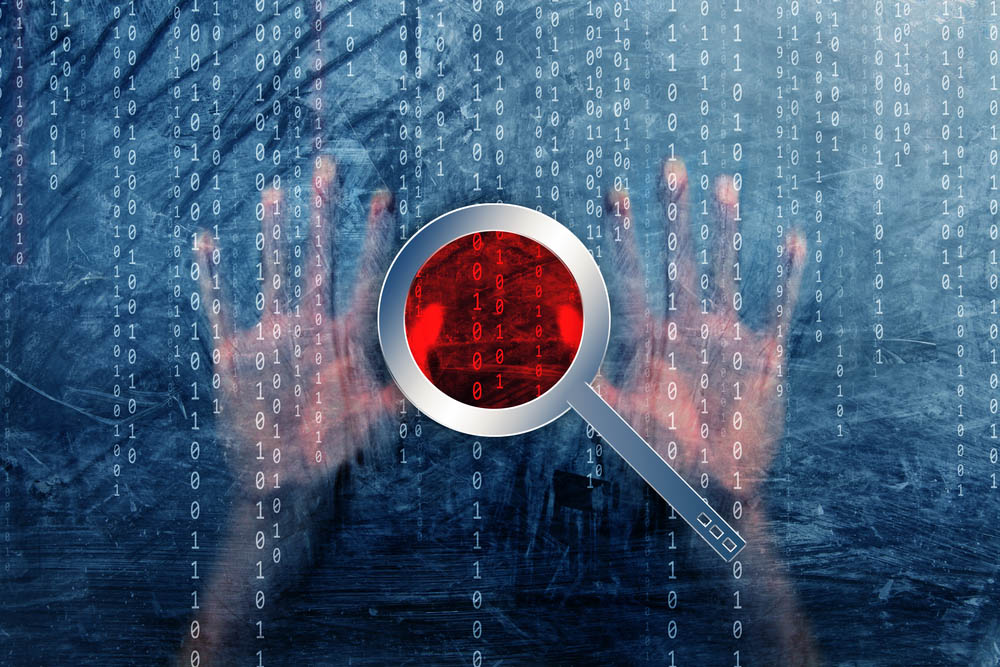Cybersecurity is about preventing, detecting and remediating external and internal threats facing enterprises and government organisations. A variety of technologies have emerged to address these threats – from unified threat management platforms, better threat intelligence solutions for greater visibility across the IT environment, as well as automatic threat hunting, detection and remediation products to help with emerging and advanced threats. In fact, when asked what threat management capabilities were most important to their organisation, threat detection topped respondents’ list (73%). But technology alone isn’t enough to fight cybercrime. The survey reveals that the three biggest obstacles to stronger cybersecurity are all about skills and resources: lack of skilled employees (56%), followed by lack of budget (49%) and lack of security awareness among employees (45%).
The majority (37%) of participants also agreed that a lack of skilled employees is a critical barrier holding their organisation back from implementing threat management more effectively.
“In the cloud, threat profiles are constantly changing. It’s imperative to keep pace with the threat landscape as it evolves and continue educating yourself on the newest attack methods.” said Oliver Pinson-Roxburgh, EMEA Director at Alert Logic. “Tools and training cannot be a one-time investment, and conversely, require constant attention to keep cybersecurity threat detection tools up to date, patched, and working in an integrated fashion—on top of constantly retooling and training to keep pace with the increasing frequency, sophistication, and diversity of global threats. Your security operations strategy must be underpinned by teams that are equipped with the latest tools, threat intelligence, security content, training, time, and budget to stay ahead of new security threats.” he added.
A Security Operations Centre (SOC) consists of a highly skilled team, that continuously monitors and improves an organisation’s security posture whilst preventing, detecting, analysing and responding to cyber security incidents. Eighty-one percent of respondents agree that the most valuable SOC capabilities are rapid identification and remediation of attacks, while 74% feel that 24x7 threat intelligence monitoring and analysis was an extremely important capability. “Cyber attacks are increasingly difficult to detect – especially those targeting web applications. Internal IT teams are struggling to find the resources and retain skills to provide around the clock coverage to respond to these threats” said Pinson-Roxburgh. “A 24x7 Security Operations Centre is a must, and that is why many organisations are looking to outsource, or augment, their security operations with managed security services that have the people, resource and skills they need. There is no doubt that cybercrime will continue to pose a major threat, and that addressing the cybersecurity skills shortage is a major priority for our customers” he concluded.




